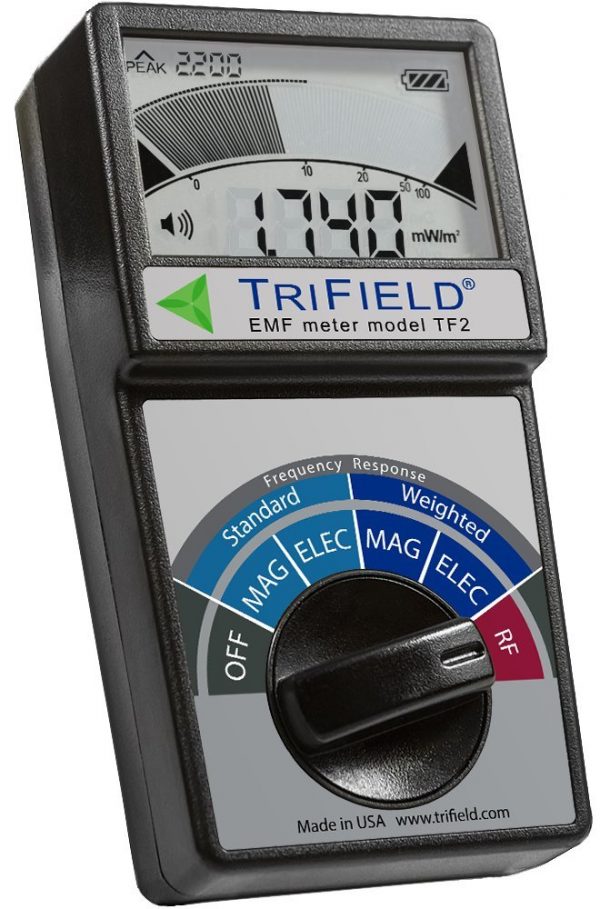No matter if you live in a house or apartment or simply need to ensure that your house is free from EMFs There are plenty of ways you can reduce exposure. https://www.pearltrees.com/turkeyyear3/item512718006 of the most effective is to reduce the use of electronic devices. You could also consider EMF block paint to stop EMF radiation from entering your house. Another way to shield your house from EMF radiations is to use a shielding canopy for RF. emf blocker is a type made of net that has EMF shielding. It is utilized to block EMFs from entering rooms. Another alternative is to have your house equipped with a conductive enclosure. These enclosures are known as Faraday cages.
Numerous studies have demonstrated how the non-ionizing energy of RF can cause antiproliferative effects in HCC cells. The mechanism that drives AM RF EMF's anticancer activity in vitro is believed to result from the deregulation the cancer stem cell. This may account for the long-term responses seen in patients suffering from advanced HCC. However, emf blocking of AM EMF's effects on patients suffering from cancer isn't clear.
Aspects on the effects of AM RF EMFs on HCC tumour growth in vivo were examined in mice. The tumours were divided in three different groups. First, the group that was unaffected to RF EMF. The second group was exposed to RF EMF at frequencies similar to the frequency used by humans. The third group was exposed the RF EMF in HCC-specific frequencies. The effect of HCCMF on the tumours was assessed against the effect of RCF. The results showed that the tumors treated by HCCMF were significantly shrinking. However, the tumours treated with RCF didn't show evidence of shrinkage of the tumor.

The mechanism behind tumor-specific AM RF EMF may be due to the fact that cancer cells require Cav3*2 voltage calcium channels for their proliferation and down-regulation. AM RF EMF's antiproliferative effects on HCC cells is mediated by CACNA1H the protein which is responsible for the influx of Ca2+ specific to tumours. The results indicate that CACNA1H could have wider implications for the treatment and diagnosis of many cancers.
The tumors in those in the group that were unaffected to EMF from radiofrequency, and fed a normal diet of mice. The tumours in those in the HCCMF group were treated with Huh7 cells at the time they were 5 to 7 weeks old. The tumors were then killed in cases of excessive burden.
The tumors of the three groups showed distinct growth curves. The HCCMF-treated tumors had a significant reduction in the size of the tumour after eight weeks. However, the tumours which were treated by RCF didn't show signs of shrinkage. The difference was highly significant. The tumors treated by RCF had necrosis, which is common when tumors are that are exposed to RCF. There is a possibility that this necrosis was due to a lack of oxygen in the more invasive tumours.
In sum, the results suggest that AM RF EMF exhibits anticancer activity in vitro and in the vivo. A number of studies have proven it is true that AM RF EMF produces measurable tumour shrinkage within HCC patients. There is a possibility that AM RF EMF triggers these effects due to CACNA1H, a protein involved in tissue-specific Ca2+ influx. Furthermore, AM RF EMF may cause a lasting influence on the development of HCC tumors in vivo.
